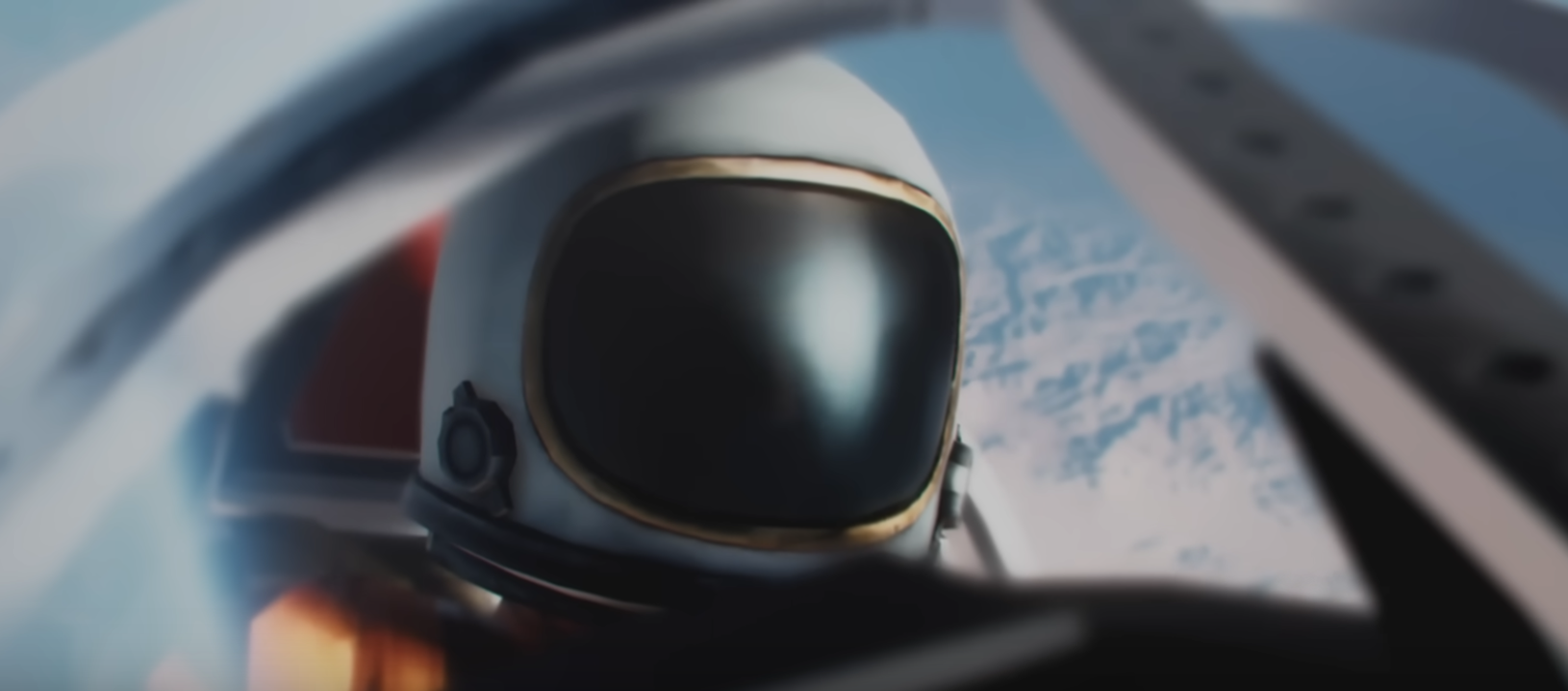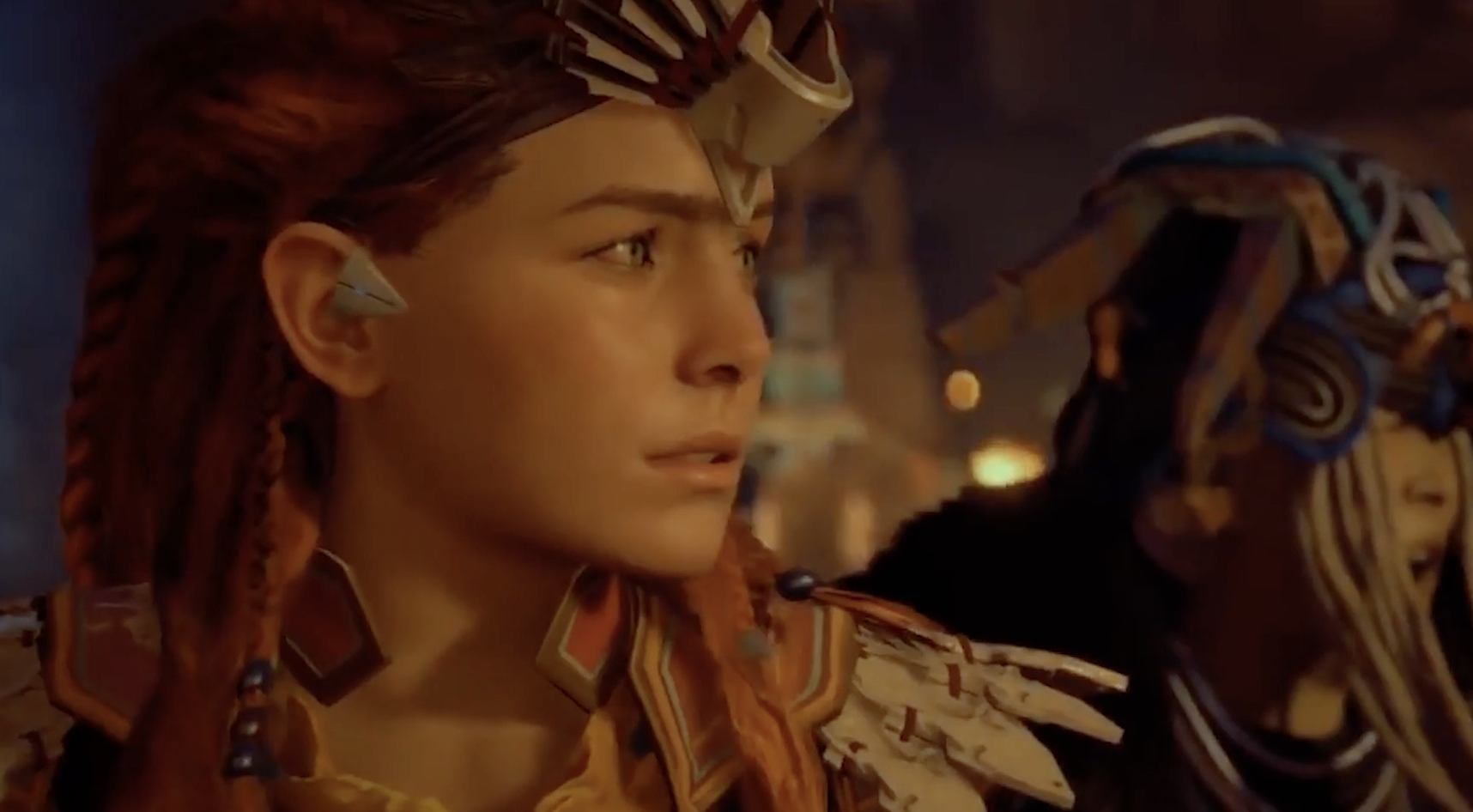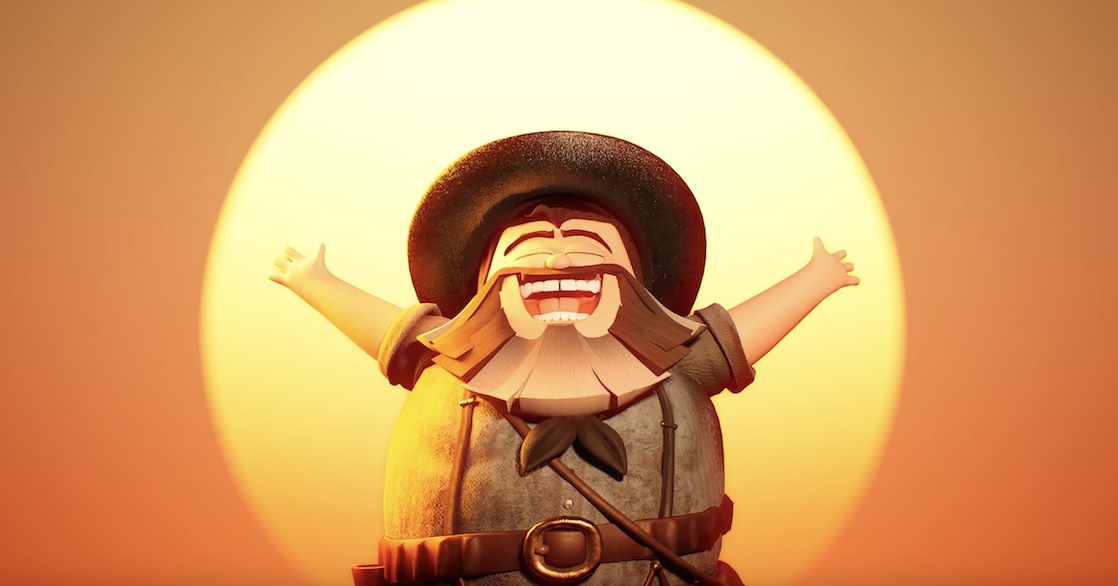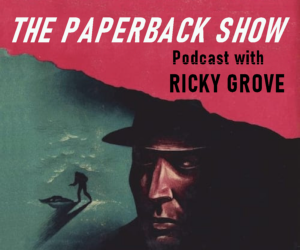S3 E84 DCS: The Ghost | DCS: The Right Stuff (July 2023)

This week, we discuss some of the best flight sim machinima we’ve ever seen, thanks to Damien’s picks. We couldn’t decide which was better, so we discuss two films: The Ghost and The Right Stuff by J P Ferre, made in DCS. The first is a horror story and the other a story of one of the most influential pioneers of modern space flight today: Chuck Yeager. It is an outstanding retelling of one particularly testing flight, and is a Hollywood movie in 12 minutes!
YouTube Version of this Film
Show Notes & Links
DCS: The Ghost by J P Ferre, released 6 April 2021 –
DCS: The Right Stuff by J P Ferre, released 10 December 2022 –
Read about Chuck Yeager on the Academy of Achievement’s website here or Wikipedia here
Faith, Hope and Charity, by Wingmen Productions (originally released 2007) – this is a post of the film, unfortunately the original website no longer exists –








Recent Comments